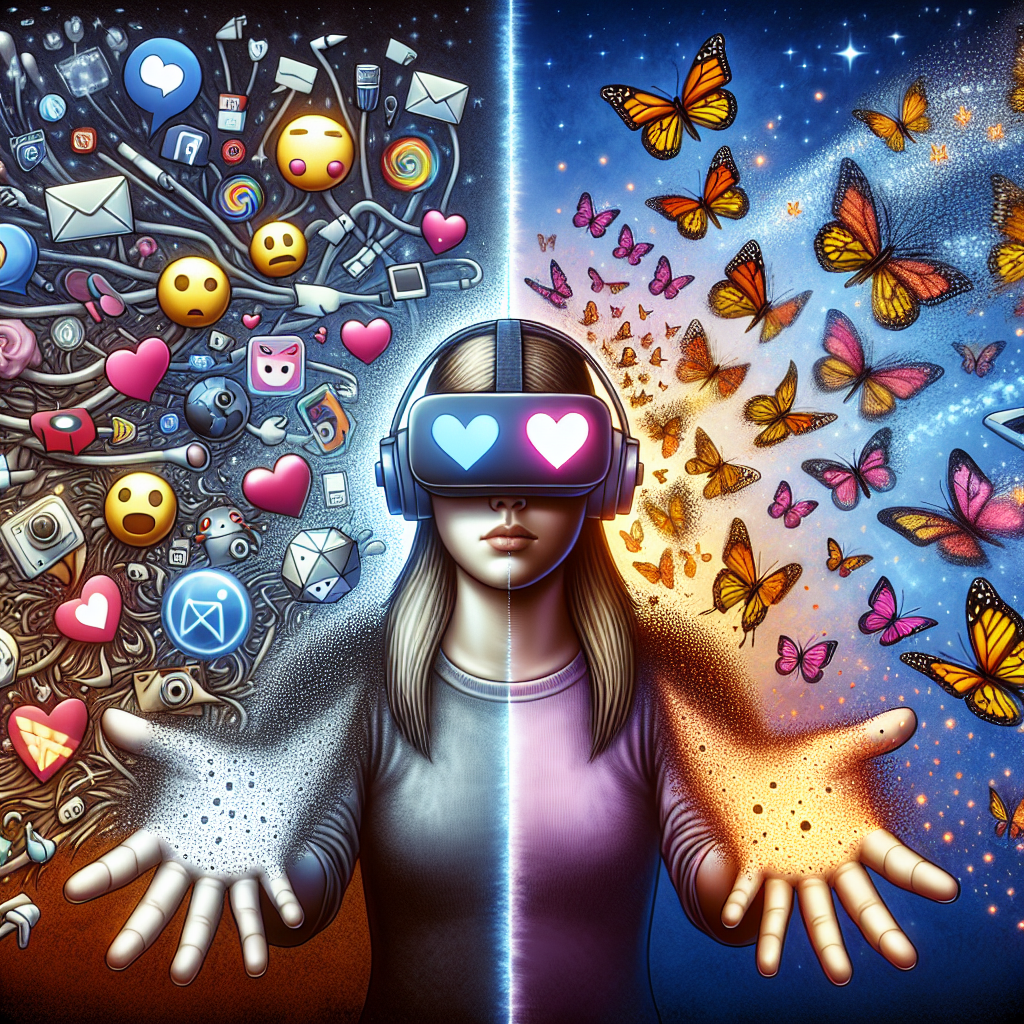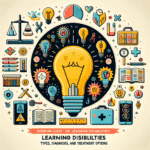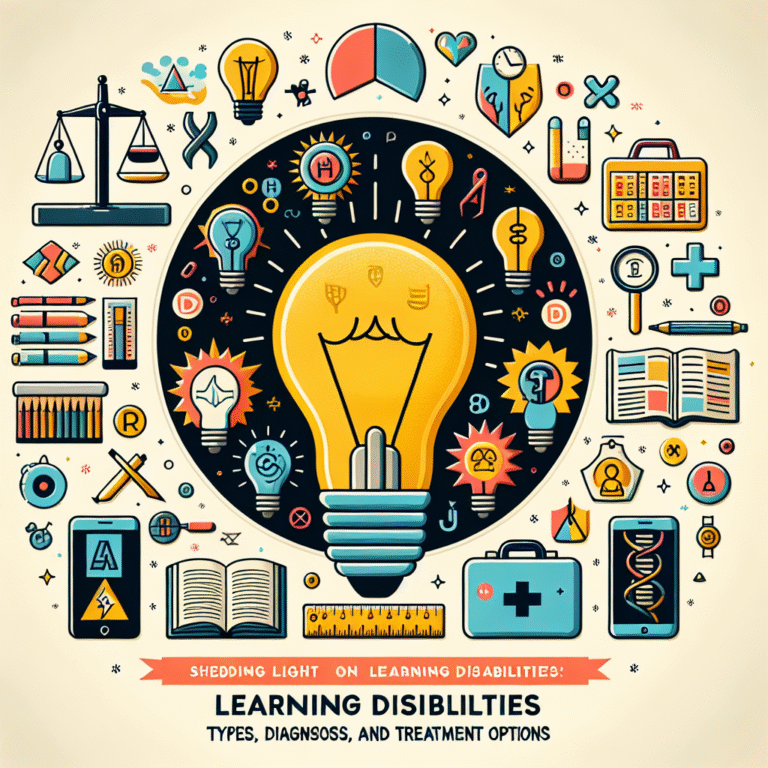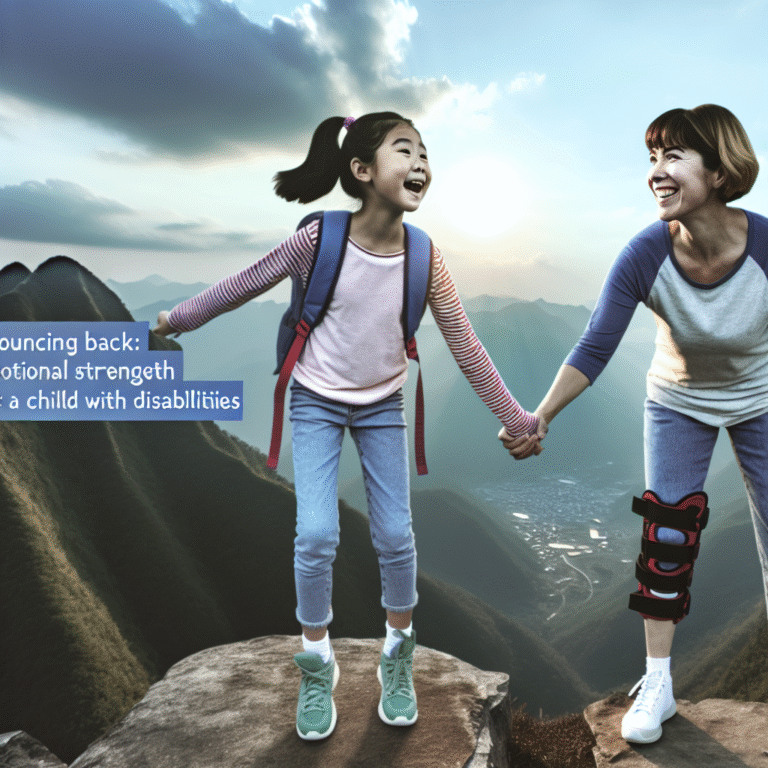
Virtual Reality vs. Real Emotions: The Ultimate Battle for Teen Mental Health in a Social Media World
Introduction
In the ever-evolving landscape of technology and social media, teens navigate a complex world that intertwines virtual experiences with real emotions. As smartphones and social platforms become integral to adolescent life, the issue of mental health—especially concerning loneliness, anxiety, and depression—has escalated at an alarming rate. Virtual reality (VR) has emerged as a pioneering tool that holds promise in this battleground of mental well-being. Yet, it also raises questions: Can artificial emotional experiences in virtual environments genuinely benefit mental health, or do they overshadow the authentic feelings that stem from real-life interactions? In this exploration, we will delve into the nuances of Virtual Reality vs. Real Emotions: The Battle for Teen Mental Health in a Social Media World, highlighting the stakes, benefits, and pitfalls at play.
Understanding the Landscape
The Teenage Experience in the Digital Age
Today’s teenagers wield the power of connection at their fingertips. According to a report by Pew Research Center, 95% of teens have access to a smartphone, and nearly 90% are active on social media. This connectivity can foster a sense of belonging, but it can also lead to adverse mental health outcomes.
A study published in The American Journal of Psychiatry found that increased screen time correlates with heightened depressive symptoms among teens. Social media platforms are often critiqued for promoting unrealistic standards of beauty, success, and happiness, leading to feelings of inadequacy and anxiety among young users.
The Role of Virtual Reality
Enter virtual reality, a technology that immerses users in entirely simulated environments through headsets and sensory feedback. Initially popularized by gaming, VR has expanded its reach into fields such as education, therapy, and social interaction. Its capacity to replicate real-world experiences in a controlled setting makes it a potential ally in addressing mental health issues.
Table 1: Potential Benefits of Virtual Reality in Teen Mental Health
| Benefit | Description |
|---|---|
| Exposure Therapy | Gradual exposure to fear-inducing stimuli in a safe space. |
| Social Skills Development | Simulated social interactions to enhance communication skills. |
| Stress Relief | Relaxation environments that promote mindfulness. |
| Empathy Building | Experiences that allow users to step into others’ shoes. |
The Psychological Impact of VR: Case Studies
Case Study 1: Anxiety and Phobias
A pioneering study conducted by the University of Maryland demonstrated the efficacy of VR exposure therapy in treating teens with social anxiety disorder. Participants were exposed to virtual environments replicating social situations—such as public speaking or mingling at a party.
Analysis: The results suggested that participants who underwent VR therapy reported significant reductions in anxiety levels compared to a control group. This case underscores the potential of VR as a therapeutic tool in facilitating real emotional experiences by addressing phobias in a realistic yet controlled manner.
Case Study 2: Empathy Enhancement
Another compelling case is the "Walk a Mile in My Shoes" project, where teens were immersed in VR experiences that simulated the realities of living with disabilities. Participants reported increased empathy and a deeper understanding of the challenges faced by others.
Analysis: By fostering emotional connections and authentic reactions through VR, this program revealed how virtual experiences can evoke real emotional growth. This pacing may bear potential for social change, enhancing teens’ understanding of varying perspectives.
Case Study 3: Stress Management
A VR application designed by Stanford University lets users experience guided meditation while being immersed in serene environments. In trials, participants reported significant reductions in stress levels after just a few sessions.
Analysis: This case illustrates how VR can provide accessible mental health resources, helping teens manage stress using tools that resonate with their digital-savvy lifestyles.
Social Media: The Double-Edged Sword
The Positive Aspects
Before labeling social media solely as detrimental, it’s essential to acknowledge its benefits. Platforms like Instagram and TikTok can foster community, encourage creativity, and support self-expression. In many instances, they serve as platforms for teens to share their experiences, seek advice, and cultivate connections.
The Negative Repercussions
However, the negative aspects cannot be ignored. FOMO (fear of missing out), cyberbullying, and social comparison are rampant issues. The Journal of Adolescence reports that teens often experience anxiety when they are not actively engaging with their online circles. This phenomenon can detract from the essence of real-life connections.
Chart 1: Common Issues Faced by Teens on Social Media
| Issue | Percent of Teens Affected |
|---|---|
| Cyberbullying | 36% |
| Anxiety from FOMO | 29% |
| Depression Symptoms | 31% |
| Body Image Concerns | 27% |
Bridging the Gap: How VR Can Complement Social Media
Enhancing Real Emotions with Virtual Experiences
In discussing Virtual Reality vs. Real Emotions: The Battle for Teen Mental Health in a Social Media World, it’s crucial to explore how VR can complement traditional social media. By blending the escapism of virtual experiences with the benefits of real-world interactions, we can potentially create a healthier ecosystem for teens.
Practical Applications
Virtual Community Building
Platforms like VRChat allow teens to interact in a virtual space that replicates social gatherings, enabling them to form connections, make friends, and practice social skills without geographical constraints. These virtual communities can alleviate feelings of isolation, providing the emotional support many teens seek online.
Therapeutic Integration
By integrating VR therapy with traditional psychotherapy, mental health professionals can employ technologies to create customized treatments tailored to individual needs. For example, using VR for therapeutic art sessions can help teens express emotions that they might struggle to articulate in real life.
Potential Risks and Considerations
Over-Reliance on Virtual Experiences
While the benefits of VR are promising, there are concerns about the repercussions of over-reliance on virtual experiences. Will teens choose simulated friendships over authentic relationships?
Authenticity vs. Virtuality
Another critical factor is the authenticity of emotions. It’s essential to ask whether experiences elicited in virtual environments are genuinely the same as those encountered in reality.
Table 2: Impact of Virtual vs. Real Interactions on Emotions
| Interaction Type | Emotion Type | Impact Level (Scale of 1-10) |
|---|---|---|
| Real Friend Interaction | Authentic Happiness | 9 |
| Virtual Friend Interaction | Fleeting Joy | 6 |
Conclusion
As we navigate the unfolding narrative of Virtual Reality vs. Real Emotions: The Battle for Teen Mental Health in a Social Media World, it’s essential to recognize that both realms possess unique strengths and limitations. While VR has the potential to offer therapeutic benefits and foster healthy emotional connections, it cannot replace the authenticity of real human experiences.
Establishing a balance between leveraging the advantages of VR and maintaining genuine relationships is crucial for enhancing teen mental health. The challenge lies in ensuring that virtual tools serve as companions in real-world journeys rather than substitutes that leave emotional voids.
Actionable Insights
Encourage Healthy Social Media Use: Promote mindful interactions online, encouraging teens to share positive experiences rather than indulging in comparison.
Integrate VR into Mental Health Strategies: Explore the use of VR tools in classrooms and therapeutic environments.
- Foster Genuine Connections: Prioritize offline gatherings to strengthen the bonds of friendships that transcend virtual boundaries.
FAQs
1. How can VR help in therapy for teens?
VR can expose teens to simulated environments that reduce anxiety and facilitate coping strategies in a safe space.
2. Are there risks of using VR for emotional experiences?
Yes, excessive reliance on VR may lead to detachment from real-life experiences and relationships.
3. Can social media be beneficial for teen mental health?
Yes, it can foster community and support self-expression, but it must be used mindfully to avoid negative effects.
4. What limits the effectiveness of VR in mental health therapy?
Personal narratives and emotional authenticity can differ significantly between virtual and real environments, impacting the overall therapeutic process.
5. How should parents approach teens’ use of VR and social media?
Parents should encourage open communication about online experiences, monitor usage, and promote healthy boundaries while fostering offline connections.
In summary, as we unravel the complexities of Virtual Reality vs. Real Emotions: The Battle for Teen Mental Health in a Social Media World, it is crucial to acknowledge the blend of technology and emotions, and how guiding teens towards a balanced use of both can promote healthier mental well-being.










